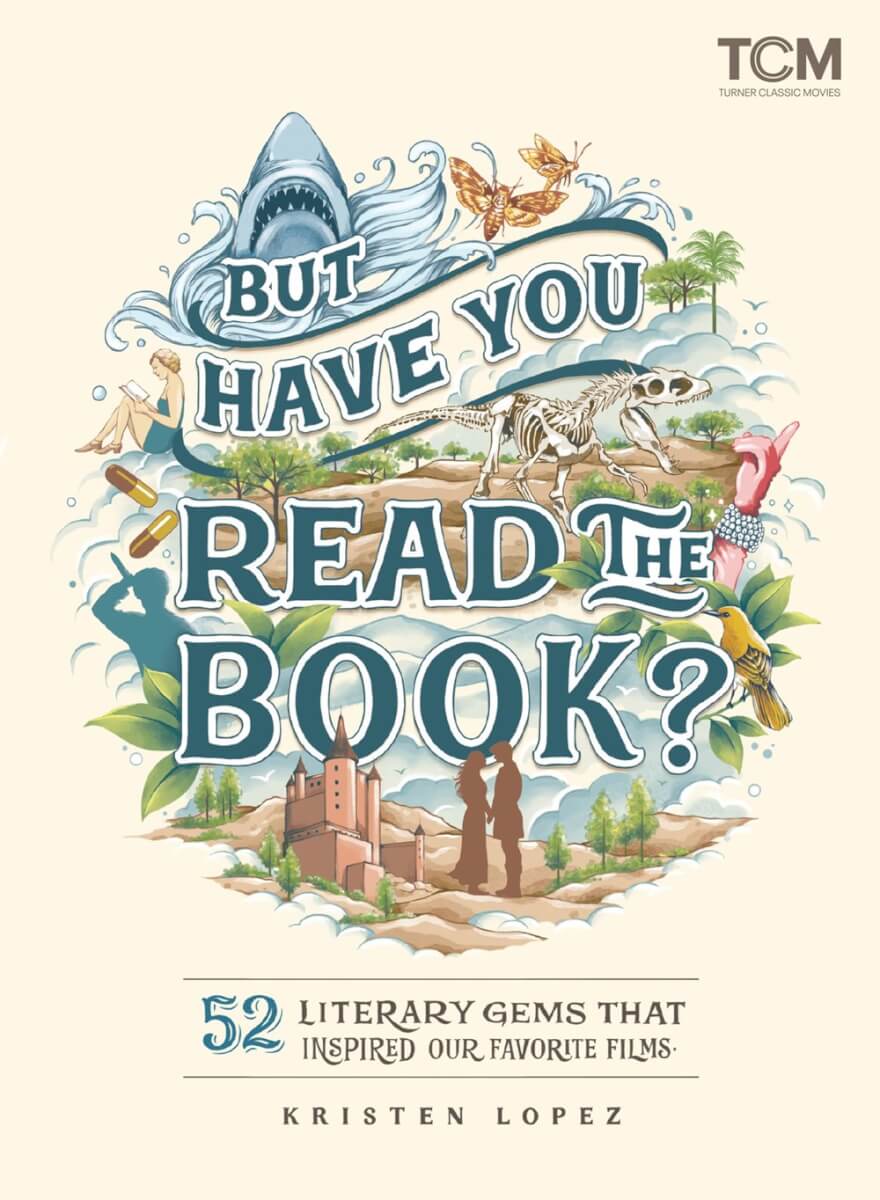Gardening Can Be Murder
Horticultural expert Marta McDowell has explored the links between writers and gardens in previous books about Beatrix Potter, Frances Hodgson Burnett and U.S. presidents. It’s only natural that she’s turned her attention to the ways in which gardens have played a role in mysteries. After all, she says, “In gardens, the struggle between life and death is laid bare.”
McDowell’s Gardening Can Be Murder is as full of delights as an English cottage garden in summer. McDowell explores the connection between gardens to mysteries from all sorts of angles (as any good detective would). She provides an overview of gardening detectives from classic to contemporary, beginning with Sergeant Cuff in Wilkie Collins’ 1868 thriller The Moonstone. Cuff is a “horticulturally inclined investigator” who dreams of retiring from catching thieves to grow roses. Naturally, McDowell includes Miss Jane Marple, who often makes use of gardening and bird-watching to inform her keen-witted observations of life—and death—in St. Mary Mead.
McDowell discusses gardens as crime scenes, as well as gardens and flowers as motives. In a chapter playfully entitled “Means: Dial M for Mulch,” she recounts examples of the deadly use of garden implements in crime fiction. Poisons, of course, merit their own chapter, and McDowell also investigates authors such as Agatha Christie, who lovingly cared for the gardens of her country home, Greenway; Rex Stout, “an indoor plant whiz”; and contemporary author Naomi Hirahara, who writes the Japantown mystery series as well as books on Japanese American gardens.
Along with photos and period illustrations, the book is visually enhanced by Yolanda Fundora’s distinctive silhouette illustrations. As an added bonus, McDowell appends a reading list of plant-related mysteries, ranging from The Moonstone to 21st-century writer Alan Bradley’s Flavia de Luce series. It’s not always possible to garden in winter, so dig into this book and enjoy!
★ The League of Lady Poisoners
Lisa Perrin, an illustrator who teaches at the Maryland Institute College of Art, begins her highly entertaining and lavishly illustrated study of 25 female poisoners with this dedication: “For my parents, who really hoped my first book would be a nice children’s picture book.” And while The League of Lady Poisoners may not be for young children, it’s a sure bet that adults will eat up (pun intended) this original, thought-provoking and visually stunning book.
Perrin’s sense of color and design makes it a pleasure to simply turn the pages. The distinctive arsenic green on the eye-catching cover is used to excellent effect throughout, often as the sole color offsetting a stylized pen-and-ink illustration. For example, a skeleton with green bloodlines graces Perrin’s introduction to poisons, which includes a “toxic timeline” tracing the knowledge of plant poisons back to around 3000 BCE in ancient Egypt. There are also some gorgeous botanical illustrations of poisonous plants and creatures. (One can’t help wonder: Will they inspire some new nature-themed mysteries?)
Perrin organizes her profiles by the motives that led these women to perform their deadly deeds: money and greed, anger and revenge, and love and obsession. Each main subject appears as a full-page, color illustration, beginning with Locusta, a poison expert and assassin for hire in first-century Rome.
While some names, such as Cleopatra, will be familiar to readers, Perrin’s well-documented research has unearthed little known stories including that of the women of Nagyrév, a small village in Hungary, who in the early 1900s sought to poison their abusive husbands with arsenic. With the aid of a midwife, the poisoning “epidemic” took hold, with at least 40 confirmed murders. Years later, when the police finally investigated, some women were sent to prison or executed while others women died by suicide to avoid such fates.
Despite its gruesome subject matter, The League of Lady Poisoners is a beautiful book. And who knows? Perhaps Perrin will turn her attention to fictional poisoners next.
Murderabilia
Readers interested in the history of true crime will be fascinated by Harold Schechter’s clever new book, Murderabilia. The title refers to objects owned by killers or otherwise connected to their crimes—artifacts that are often sold on the internet in the present day. But as Schechter makes clear, this impulse to look at or collect grisly mementos has been around for a long time.
Schechter brings a lifetime of research to this topic: He is Professor Emeritus at Queens College, where he has taught for four decades. Along with nonfiction works about serial killers, he’s also penned detective novels featuring Edgar Allan Poe and has a novelist’s sense of what makes a good story. And the stories here are good. As he uncovers the history of 100 grisly artifacts, Schechter provides a fascinating examination of the often unexpected and surprising ways in which crime has seeped into social history and popular culture.
Schechter begins in 1808, with the tombstone of Naomi Wise, a North Carolina indentured servant who became pregnant by a clerk named Jonathan Lewis. Lewis promised to elope with Wise, but instead he strangled her. This sad tale was memorialized in the murder ballad “Little Omie”; in other words, we’re not the first to find the gruesome compelling.
Given the author’s deep familiarity with Poe, the master of the macabre makes an appearance here too, with Schechter linking one of Poe’s detective stories to the 1841 murder of Mary Rogers, a cigar girl. Schechter also details other kinds of murderabilia, including a hammer wielded by John Colt to murder a printer; a kind of bottled mineral water that nurse Jane Toppan laced with poison and used to kill 31 people; and a shovel used by serial killer H.H. Holmes.
Short chapters and copious illustrations make Murderabilia a great choice to leave on the night table to dip into before bed. Then again, given the subject matter, maybe not.

















































